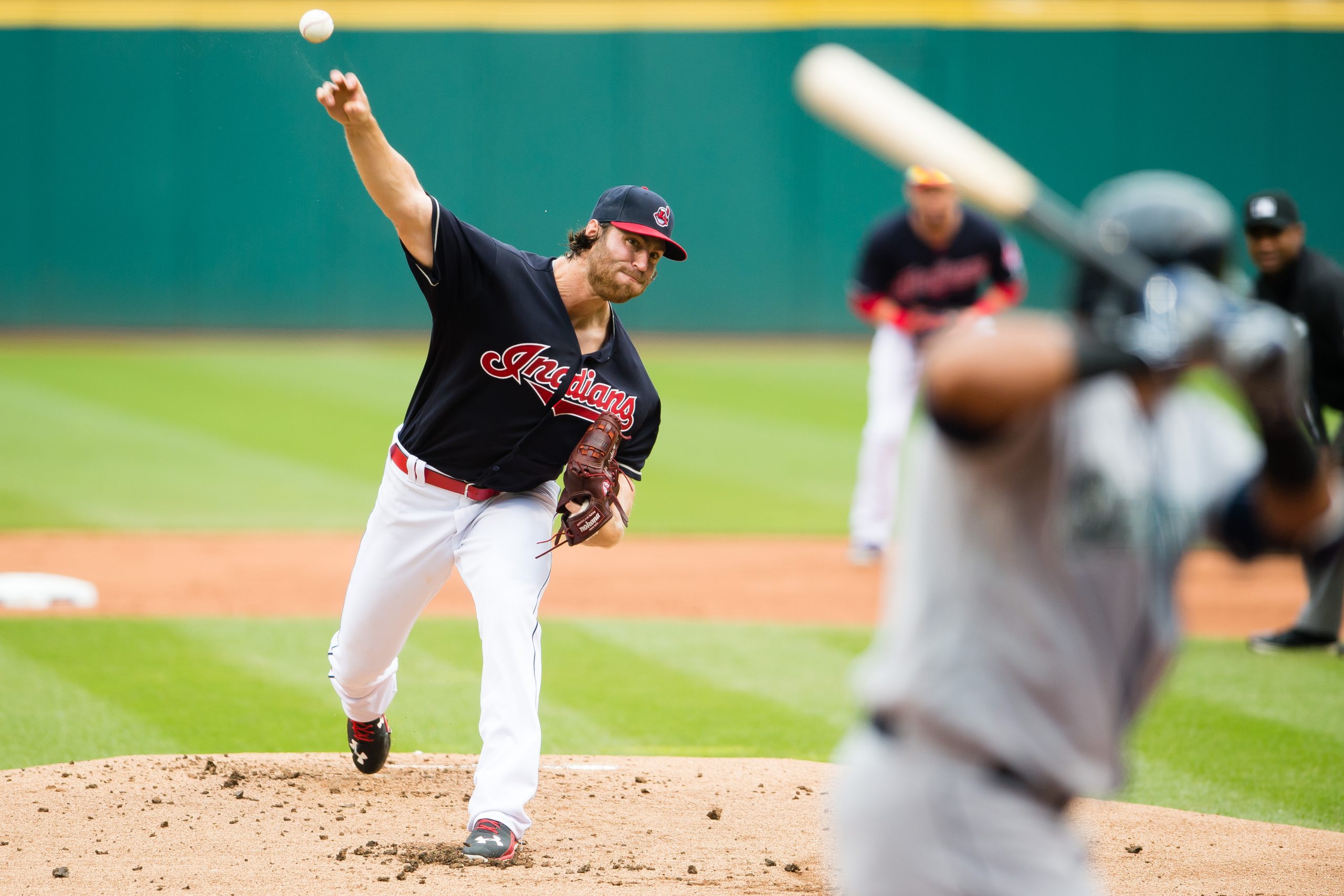The 2017 season will go as far as the starting rotation allows it to.
That bold statement certainly can, and has, been argued by both fans and pundits this offseason. With the addition of Edwin Encarnacion to bolster an already good lineup on paper, most of the attention has been on the offense and it’s ability to score runs. Rightfully so, the team should stay in the top five for runs scored in ’17. Couple that with two starting pitchers returning from injury and the Indians are expected to finish the job they fell one inning short of last season: Winning the World Series.
The following eight starting pitchers figure to be top choices of Terry Francona and Mickey Callaway heading into the 2017 season. The order reflects projected starting order in the rotation to start the season.
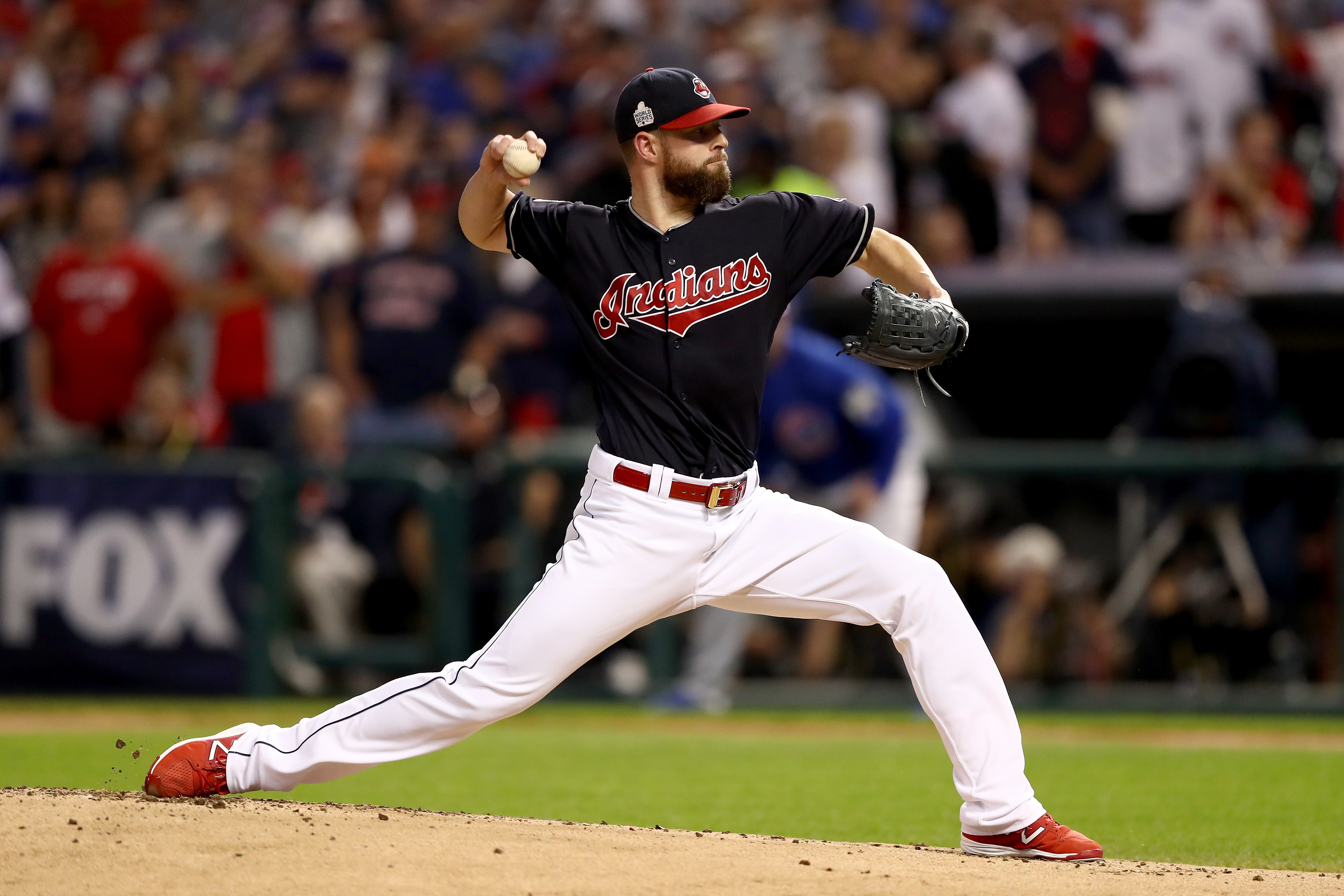
The Indians need to be careful with Kluber early on, considering his workload in the past three seasons. During that time span, he is fourth in MLB in with 672.2 innings pitched and 2697 batters faced. They will ease him into the season to make sure he does not fatigue.
One way to ease back on stress on the arm will be to have Kluber throw more cutter and curve balls. Not only is it easier on the arm, it is also more effective for the former Cy Young Award winner.
Kluber will indeed benefit from throwing more cutters and curves, and fewer fastballs. The fastball could still remain the primary pitch, but maybe the cutter would become a co-primary weapon. And the curve would show up in greater amounts, particularly in lesser-expected situations.
Reason being, Kluber possesses one of the few best cutters in baseball. Kluber possesses one of the few best curves in baseball. The fastballs Kluber throws have graded out as below-average pitches, and yet Kluber’s always led with the fastball. And so the thinking went, fewer fastballs, more cutters and curves, and you wind up with a better pitcher.
One only needs to look at last season as a case study. Before the All-Star break, Kluber threw 15% curves. Since the All-Star break, Kluber’s threw 25% curves. That 10-point jump between halves represented the second largest by any qualified pitcher, just behind Jeff Samardzija, who only recently began throwing a curveball at all. Behind an increased focus on the curve, Kluber’s was one of baseball’s most effective second-half pitchers and perennially forcing his name into the Cy Young award conversation.
The change stemmed from a discussion between Kluber and pitching coach Mickey Callaway during the All-Star break, regarding batters’ first-pitch swing tendencies against Kluber. In an effort to avoid falling behind and getting one step closer to the strikeout, batters had begun swinging early in the count often against Kluber; his 31% first-pitch swing rate against ranks 14th among 102 pitchers who’ve faced at least 500 batters this season. With eager batters waiting at the plate, why give them a first-pitch fastball? Particularly when there exist better weapons from which to choose.
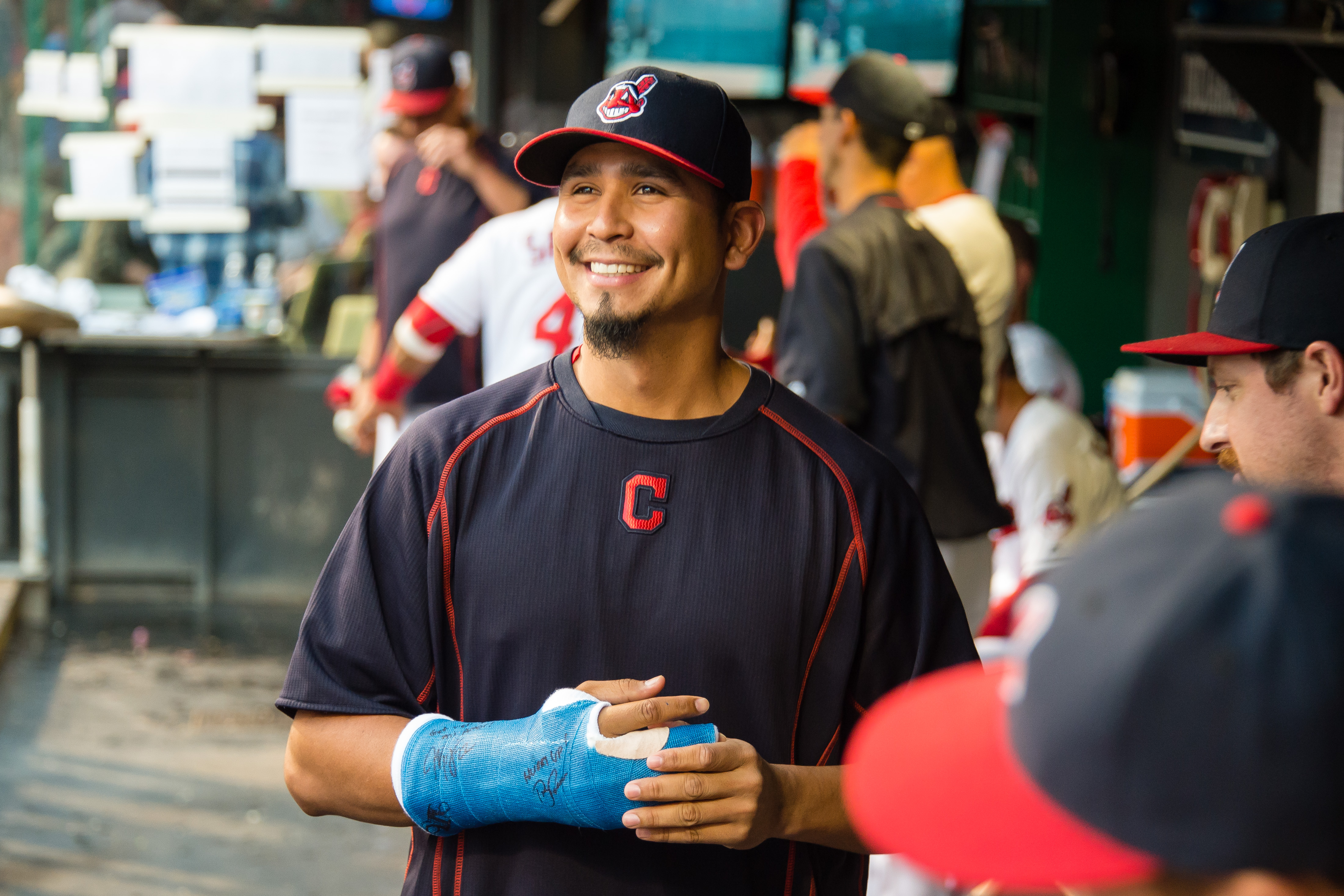
Carlos Carrasco’s 2016 campaign ended when his right pinky finger was fractured on a line-drive off the bat of Ian Kinsler of the Detroit Tigers. According to Jordan Bastian of MLB.com, Carrasco will throw around 30 innings in March to ease him back into regular season form.
There should be no ramifications of his fractured finger as all signs point to it being fully healed. Although it is not certain, one could ascertain that the 2016 World Series would’ve had a different outcome had Carrasco been a starter throughout.
On most staffs, Carrasco would be the official number-one starter. He has a wicked arsenal, featuring maybe the best slider in baseball outside of Clayton Kershaw. Others will point to baseball’s fourth best strikeout minus walk rate, driven by baseball’s fourth best strikeout rate. Still others will tell you he had the 11th best FIP in the American League. First of all, he had some bad luck last year, posting an inflated home run per fly ball rate and a slightly deflated left of base rate. Not to mention the aforementioned freak finger- fracture. He won 11 games and posted a 3.32 ERA . His home run per fly ball rate and batting average on balls in play at Progressive Field, in a good pitchers park, were atrocious (18% and .356, compared to .253 and 9% on the road), and those numbers will get better. If the Indians can find better outfield defense, those numbers can certainly improve.
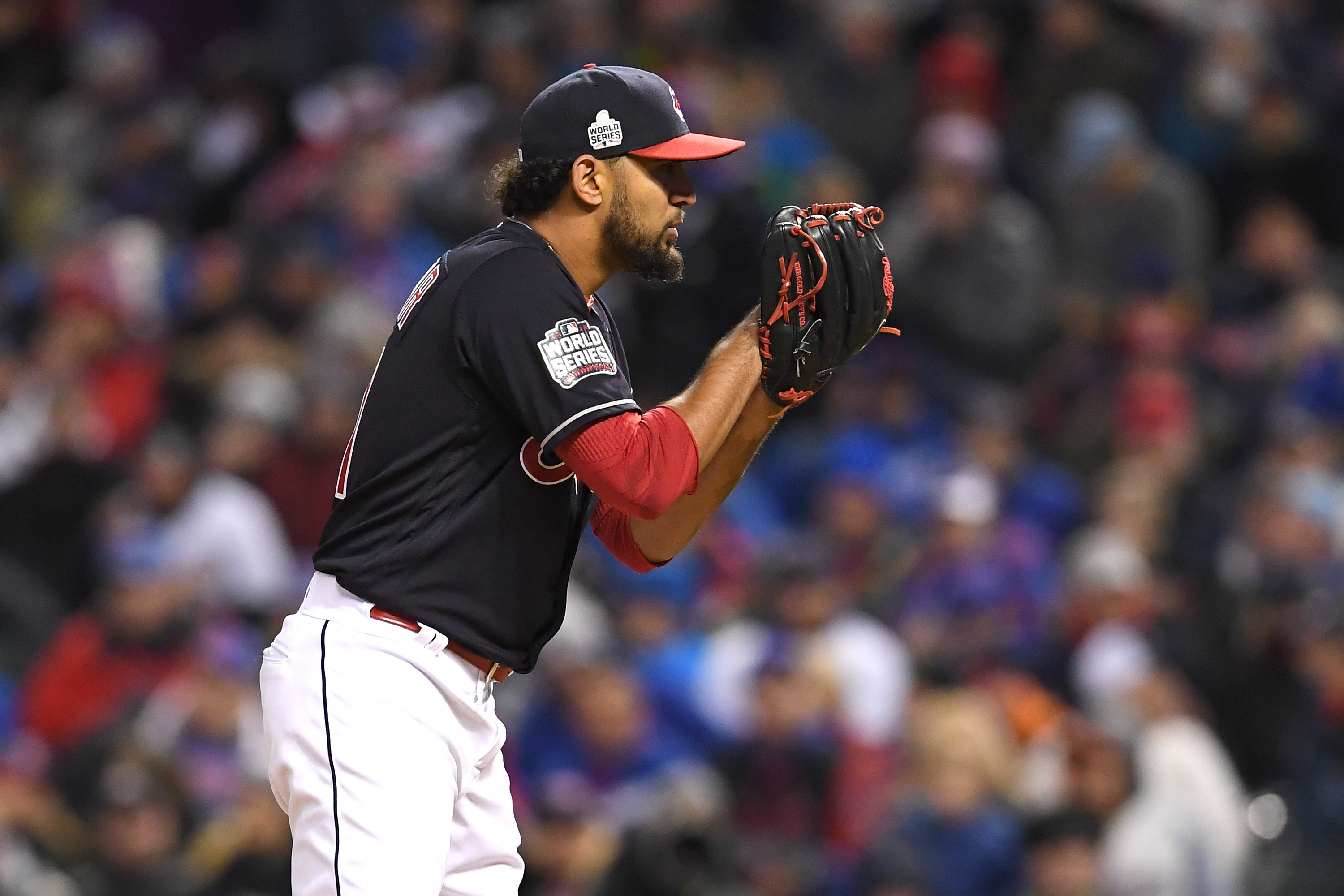
The wild card option in the rotation will be Danny Salazar. After missing almost all of the postseason with a strained flexor muscle in his right forearm, Salazar looks to rebound and be a force among the “starting five.” In the first half of the 2016 season, Salazar posted a tremendous 2.75 ERA and was awarded with his first-ever selection the All-Star Game. After the All-Star break,things fell apart for Salazar and he posted a 7.44 ERA in the eight starts before the aforementioned injury ended his season in early September. An interesting note about this tale of two seasons is how nothing and everything changed simultaneously:
| 2016 Season | ERA | K% | BB% | BABIP | HR/FB% |
| 1st Half | 2.75 | 27.6% | 10.8% | 0.269 | 9.8% |
| 2nd Half | 7.44 | 27.4% | 10.8% | 0.416 | 21.2% |
On the season as a whole, Salazar posted a 27.6% strikeout rate, which was tied for eighth best among the 106 pitchers who recorded 130-plus innings. However, he also posted a 10.8% walk rate that was fourth worst. These strikeout and walk tendencies remained eerily similar across the two halves of Salazar’s season, but the results of the batted balls against Salazar underwent tremendous changes. There’s nothing sustainable about a .416 BABIP but the corresponding spike in home run rate on fly balls (HR/FB%) does give rise to the validity of a concern that batters were making increasingly solid contact against him. Salazar is primarily a fastball/changeup pitcher. He has breaking pitches, but they are his tertiary options. In the second half of this season the way he used his fastballs changed substantially, as he grew increasingly reliant on the sinker. Here’s the good thing about the sinker: it gets grounders. Last season, it induced grounders on 64.3% of balls in play; this year, that figure was 60.2%. Compare that to the corresponding 33.5% and 38.8% ground-ball rates of the four-seamer, consider the stellar infield defense behind him, and it’s easy to see why Salazar has been playing with the sinker more.
However, on nights when the sinker is not in top form, Salazar will be prone to give up the long ball. The only thing to hope for at that point will be to pray they’re solo shots.
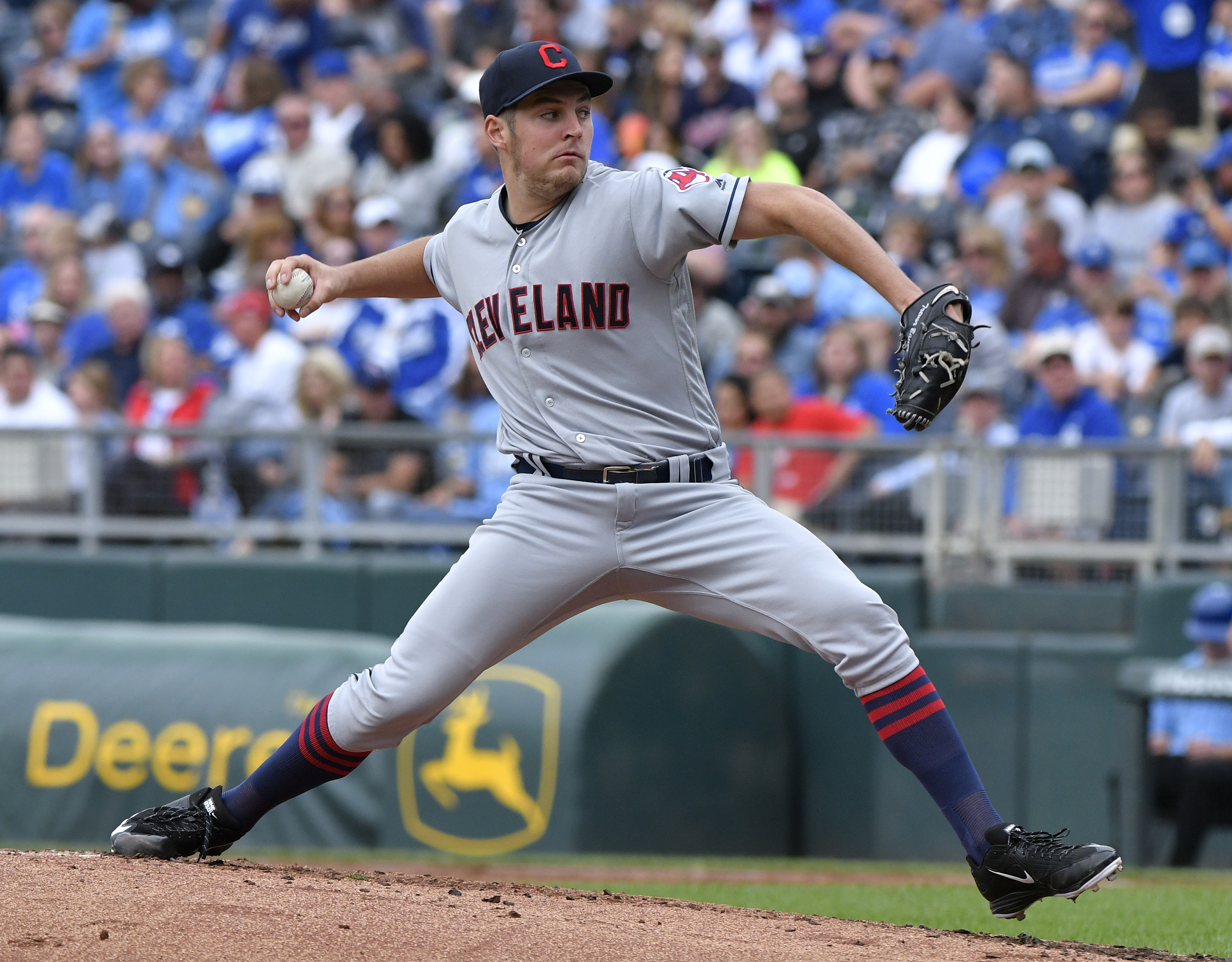
“Trevor being Trevor” seems to take on a life of it’s own. In fact, the topic usually revolves more around his antics than his actual pitching abilities; although the two can be seemingly correlated at times. The best pitch Bauer throws is his curveball. Of the curveballs that opposing hitters swung at, one in three generated a swing and miss. Of the curveballs that opposing hitters put in play, more than 60 percent wound up on the ground. Counterintuitively, the curveball that the right-handed Bauer throws is particularly lethal against lefties, who last season hit .097 with a .153 slugging percentage on the pitch. More than 30 percent of the time he threw a curveball to a lefty with two strikes, he finished off the strikeout. The numbers certainly indicate that Bauer can be an elite pitcher if he chooses to become it
Trevor’s success in 2017 will depend on Trevor. Will he focus enough on the task at hand; the play that happens between the white lines?
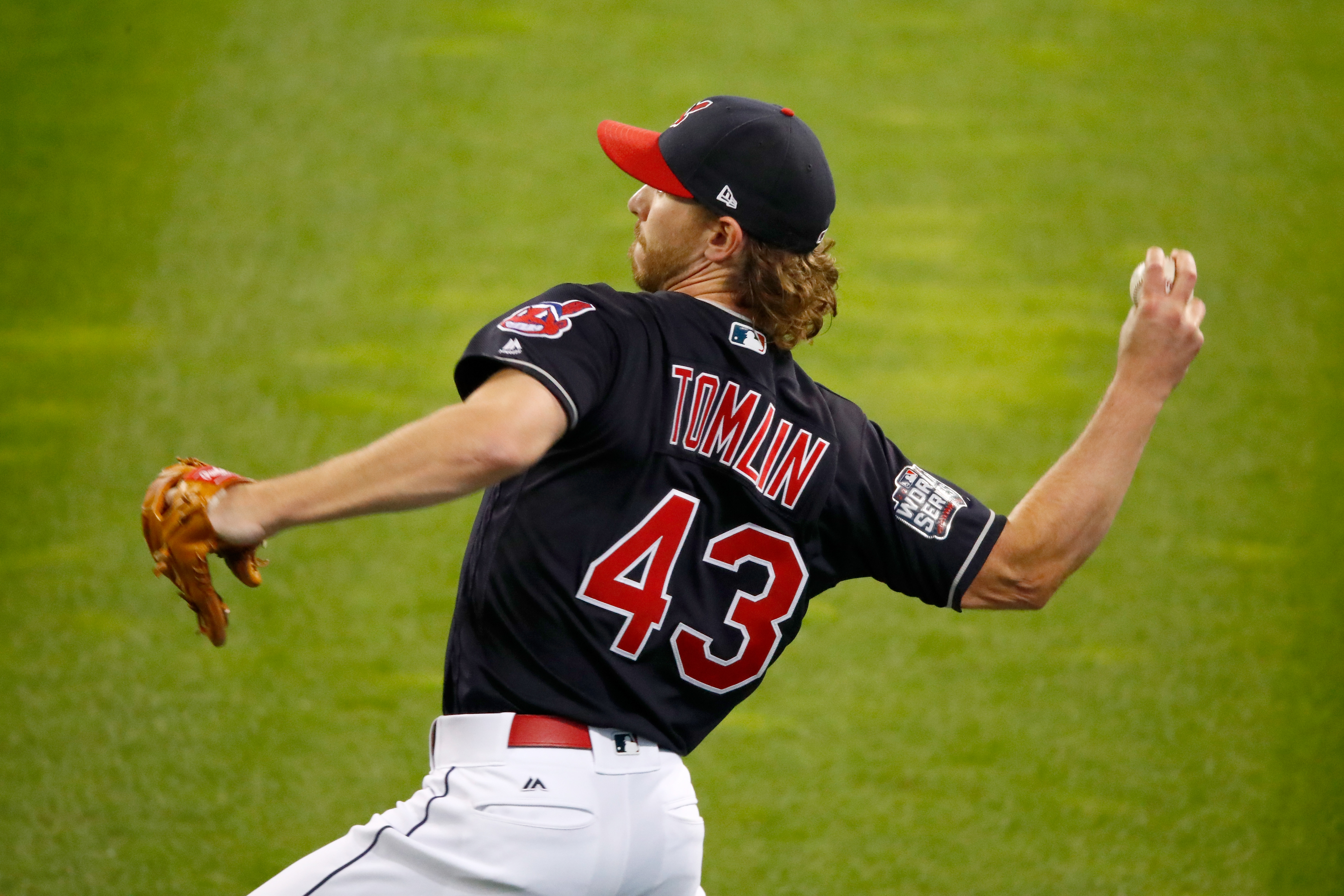
After an emotional World Series in which his father was in attendance to watch him pitch in game three, Josh Tomlin will seek to continue his superb postseason performance.
In order for him to be effective, he must cut down on the amount of home-runs he allows. It’s important to point to the relationship between his walk rate and his home-run rate because of the extremes he’s reached in both departments. Last year, Tomlin gave up 16 more homers than he did walks. In over 5200 qualified starting-pitcher seasons since World War II, nobody has ever produced a greater discrepancy in that department. Only four times has that difference run into double digits.: Carlos Silva in 2005, Brian Anderson in 1998, Brad Radke in 2005, and then Tomlin in 2017.
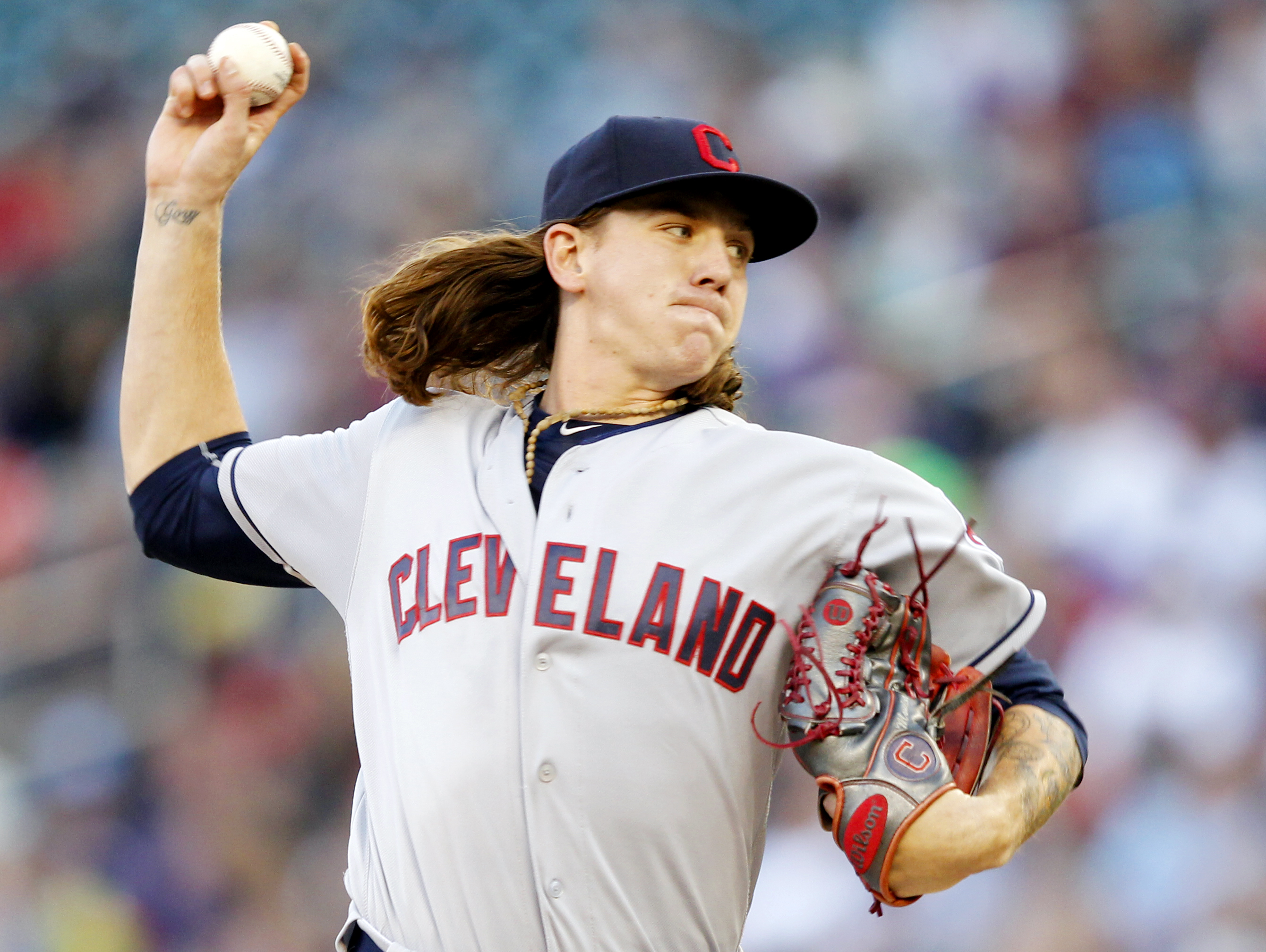
Mike Clevinger had a decent first year in the big-leagues in 2016. He had mild success in both the bullpen and starting rotation. Clevinger consistently hit 96 MPH, both his slider and curveball were sharp last season and he’s made good progress with the change-up. He also threw plenty of strikes. He has a workhorse body and while it took some time to make the full recovery from Tommy John from 2015, he showed no problems with stamina last year.
He is the “next man up” in a rotation that is already deep.
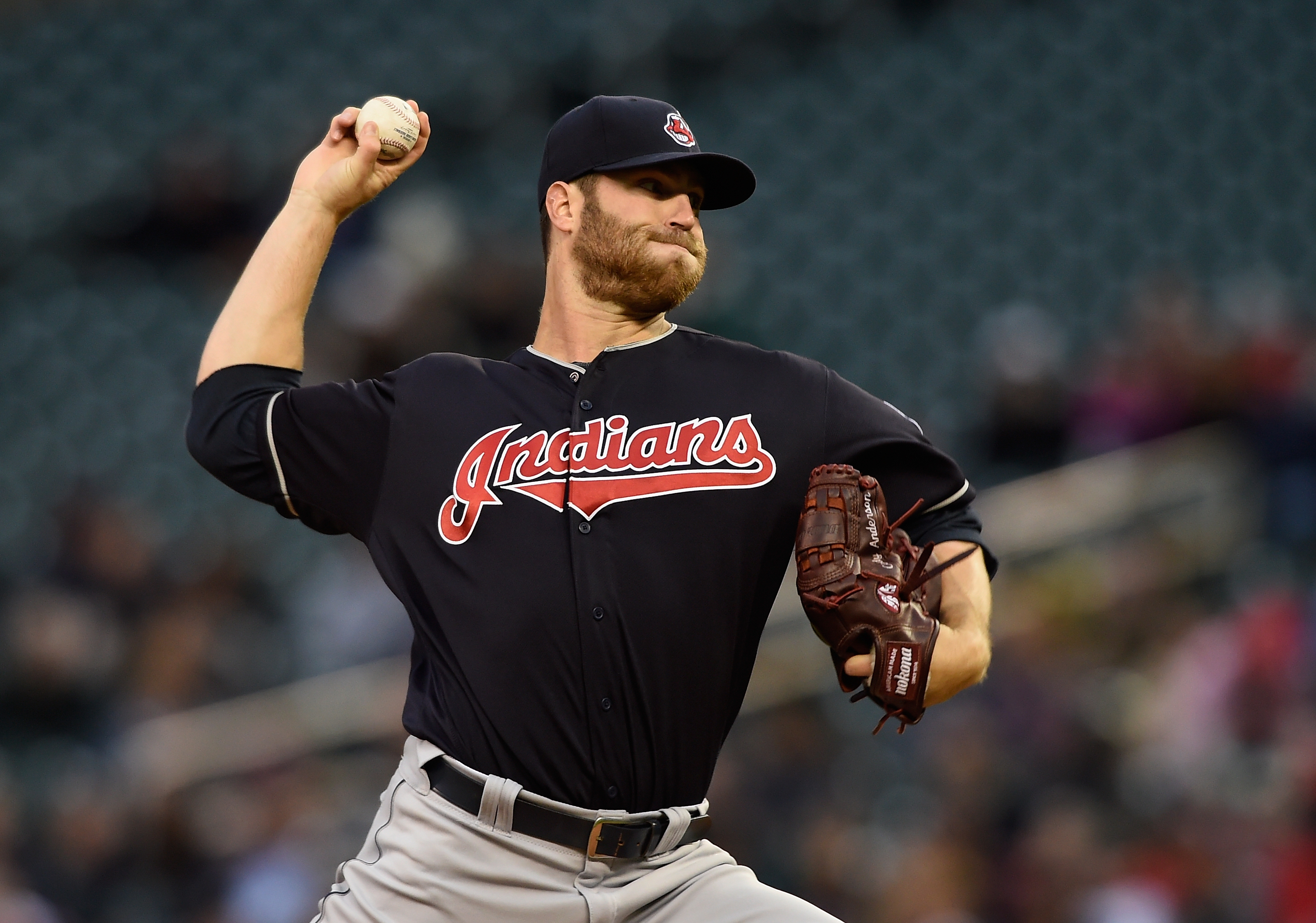
Cody Anderson has the potential for a break-out season as anyone in Major League Baseball. If he can fully recover from his surgery on his right elbow, Anderson can become a workhorse in the rotation to ease the burden on Kluber and Carrasco.
Before the injury, Anderson velocity was way up. We’ve seen pitchers add velocity in the past, but with all due respect, this case feels exceptional. Anderson might not actually make the Indians’ rotation out of camp, but he might’ve added something like three or four ticks. on his fastball this off-season. A specific note about maintaining fastball speed, which Anderson didn’t always do a season ago. I don’t mean to suggest the Indians would be liars, but it’d be nice to have some other evidence. And, wonderfully, Anderson has pitched one game this spring in front of PITCHf/x cameras. According to Brooks Baseball, last year, Anderson’s fastball averaged 93.3 mph in the minor leagues. That supports what pitching coach Mickey Callaway said, and while one appearance is just one appearance, we’re looking at a potential boost of three miles per hour. Brooks reports its speeds a little faster than our player pages, but it’s the difference that’s important.
In his time in the majors last season, Anderson did get into the mid-90s every now and again. It’s not so much that he’s unlocked a new velocity level; really, he’s just throwing hard more consistently. His top velocity is harder, sure, but I think we’re seeing the results of countless hours of offseason conditioning. Anderson, I’d guess, is stronger than he once was, but he’s also better at repeating his mechanics. That would allow him to stay at a certain level for longer, which is one thing Francona was getting at. Roll your eyes if you want about players being in good shape, but Anderson should stand to benefit. This makes him a far more interesting pitcher.
Anderson has options, he could start the year in Triple-A. And with 10 runs allowed in 12 spring innings, it’s not like he’s forcing his way into the rotation picture. The Indians might have him wait, but if this early stuff sustains, the wait shouldn’t be very long.
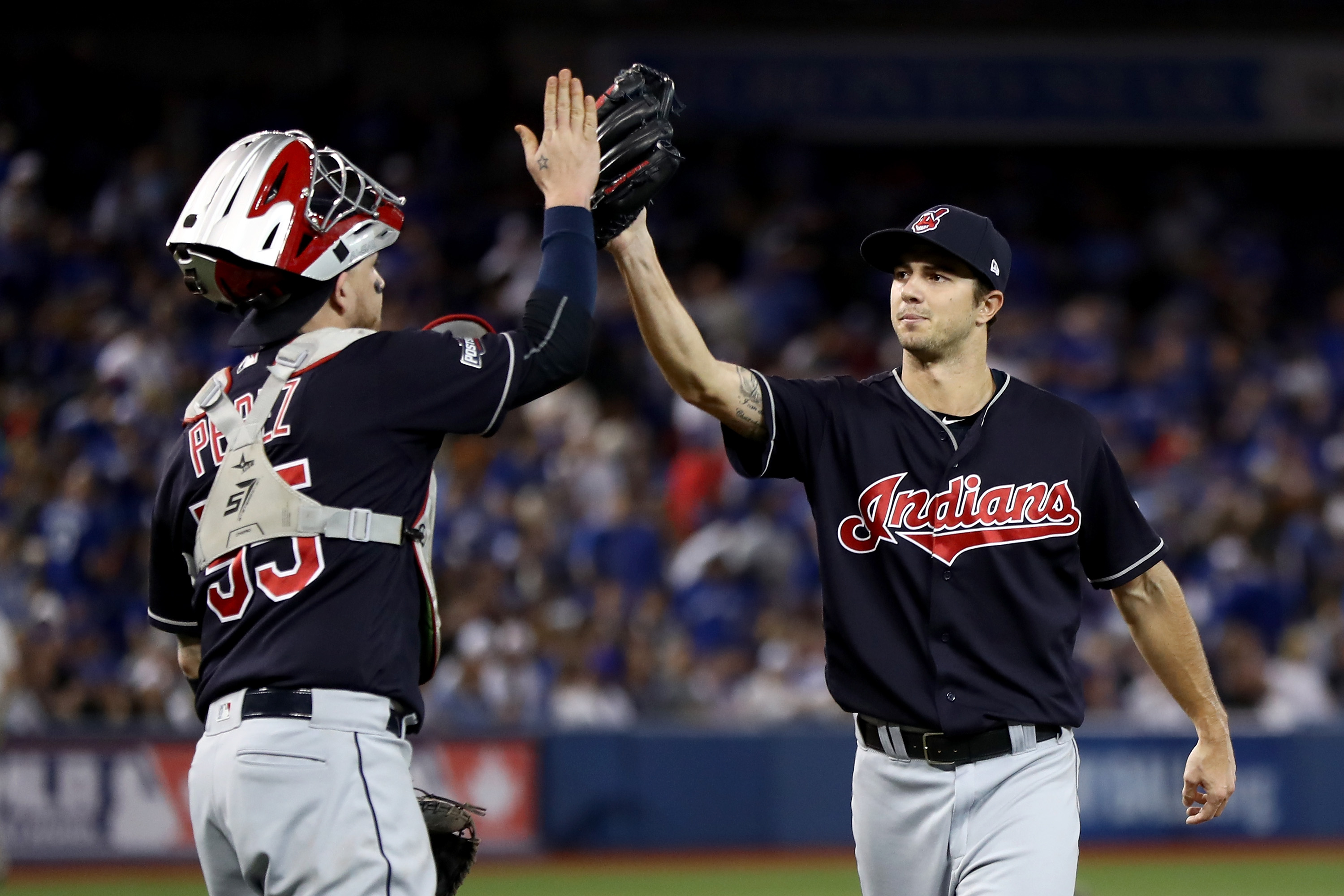
Ryan Merritt proved he had ice water in his veins during the American League Championship Series. Essentially he is an (relatively) inexperienced, non-prospect, soft-tossing, lefty starter who profiles as a back-end, strike-throwing innings-eater, at best. He throws a very slow fastball that can be compared to Jamie Moyer. The change-up shown by Merritt last season was a near match for the change-up thrown by Dallas Keuchel, and Keuchel throws a fantastic change-up. These are change-ups in isolation, and we all know change-ups play off the fastball, and the velocity and movement differentials between Merritt’s change-up and fastball admittedly haven’t been great.
Add The Sports Daily to your Google News Feed!
